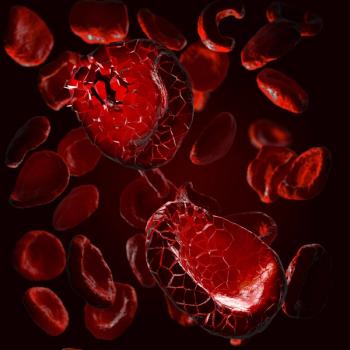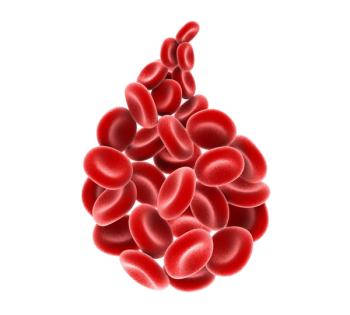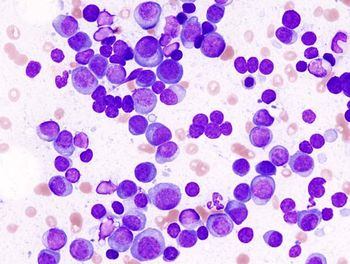
Assessing for ESR1 Expression During Elacestrant for ER+ HER2– Breast Cancer
Positive findings from the phase 3 EMERALD trial (NCT03778931), assessing elacestrant (Orserdu) in estrogen receptor–positive, HER2-negative metastatic breast cancer, highlight the importance of checking ESR1 mutation expression before, during, and after treatment, according to Janice Lu, MD, PhD.1
In a conversation with CancerNetwork® during the 2023 San Antonio Breast Cancer Symposium (SABCS), Lu, professor and director of Breast Medical Oncology at Northwestern University Lurie Comprehensive Cancer Center, highlighted the effects of elacestrant on ESR1 mutation status and emphasized the importance of ESR1 testing when treatment failure or disease progression occurs. Moreover, data from the study also raise the question of treatment sequencing and the potential role of Elacestrant prior to other targeted therapies and antibody-drug conjugates."
Transcript:
The takeaway message is that single-agent elacestrant enables endocrine therapy sequencing in second-line treatment, before other targeted therapies, drug combinations, chemotherapy, or endocrine therapies, including other [agents] like antibody-drug conjugates. It's important to for (delete) check ESR1 mutations often when indicated. ESR1 mutation [expression] is low before the first-line therapy with endocrine therapy and CDK 4/6 inhibitor treatment. However, with acquired therapy, it can go up to 40%. Therefore, after the first failure, especially after 12 months of therapy with CDK 4/6 inhibitors, it’s important to check the ESR1 mutation [expression], so patients can benefit from this FDA approved regimen.2
After the first line, second line, third line, or whenever there is a failure, I will check again. In terms of increasing awareness, it's important to continue sharing these results with the community and to encourage testing for ESR1 mutations when a patient experiences disease progression with ER-positive/HER2-negative metastatic breast cancer, so patients can benefit from this treatment.
References
- Bardia A, Bidard FC, Neven P, et al. Elacestrant vs standard-of-care in ER+/HER2- advanced or metastatic breast cancer (mBC) with ESR1 mutation: key biomarkers and clinical subgroup analyses from the phase 3 EMERALD trial. Presented at the 2023 San Antonio Breast Cancer Symposium; December 5-9, 2023; San Antonio, TX; poster PS17-02.
- FDA approves elacestrant for ER-positive, HER2-negative, ESR1-mutated advanced or metastatic breast cancer. News release. FDA. January 27, 2023. Accessed December 21, 2023. http://tinyurl.com/4wnehnde
Newsletter
Stay up to date on recent advances in the multidisciplinary approach to cancer.

















































































